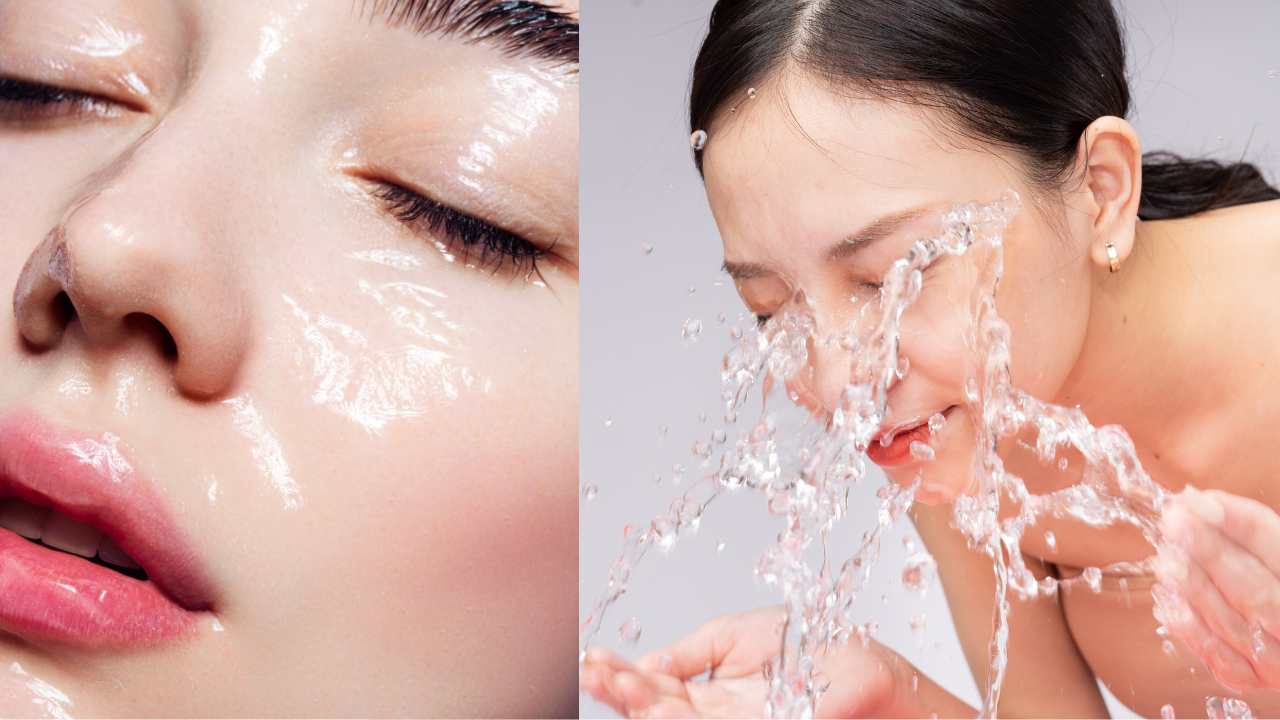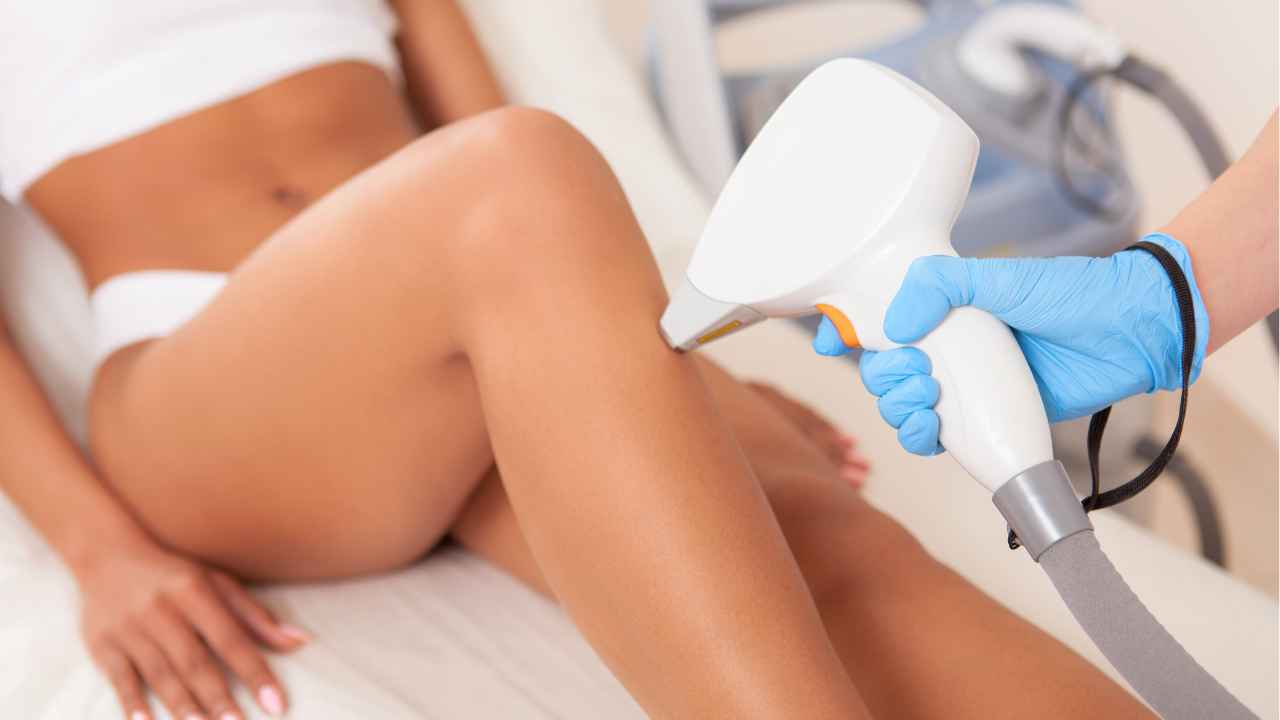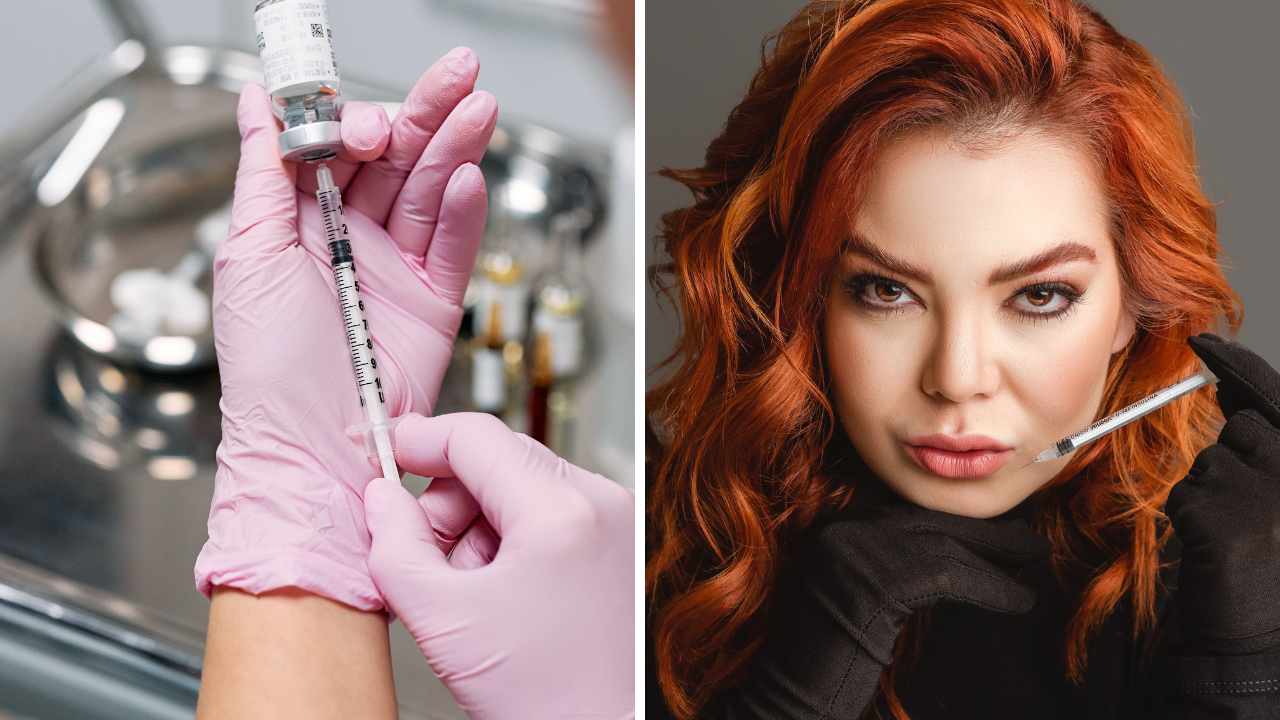
Why Does Lip Filler Migrate? And What You Can Do About it!
Lip fillers have become a popular cosmetic treatment among women and men, providing plumper and more pronounced lips.
However, one common issue that many people face after getting lip enhancements is that they start to migrate, giving the lips an uneven or lumpy appearance.
But what causes lip filler migration on the upper or lower lip? Is it a problem with the procedure or the type of filler used?
In this article, we will delve deeper into the reasons behind this common problem and how you can prevent lip filler migration.

Age & Facial Movements
As we age, our facial muscles lose elasticity and collagen, causing the skin to sag and wrinkles to form.
Our lips are no exception to this process, and the natural movements we make, such as talking, eating, or smiling, can also contribute to filler migration.
When we perform these movements, our lips stretch and pull, causing the dermal filler to shift or migrate to other areas.
Filler in the lips can also get metabolized faster due to the increased blood supply in the area.
Filler Composition
Not all lip fillers are made equal, and different types of fillers have varying degrees of viscosity and cross-linking.
Some fillers, such as hyaluronic acid-based fillers, are more prone to migrate since they are less cohesive and can spread easily.
Other forms of filler, such as silicone or polylactic acid, may offer a more stable and longer-lasting result since they remain in place.
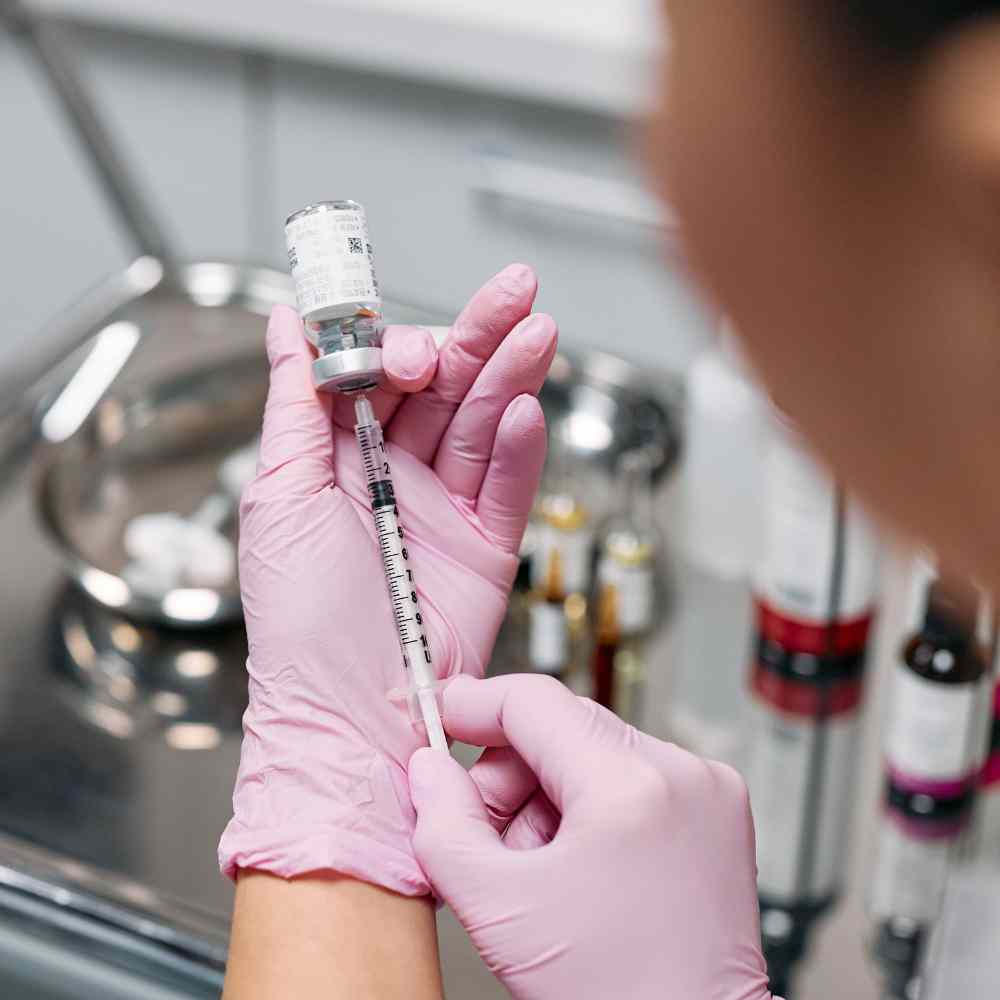
Injections Techniques
Just as filler composition plays a role in the outcome, the injection technique used by the provider can also be a factor in migration. Lip filler migration occurs when it's injected incorrectly into the skin.
If the filler is placed too superficially, near the skin's surface, it can shift easier due to the natural movements of the lips.
If the filler is injected too deeply, it can cause lumps or bumps. Therefore, the placement of the injection site is crucial to achieving amazing results.
Too Much Filler
Absolutely! Too much filler can cause filler migration in lips.
Filler migration occurs when the hyaluronic acid-based fillers used to add volume and shape to the lips move away from the area they were injected into.
Overfilling causes fillers to migrate, resulting in lumpy or misshapen results that can look unnatural and become a permanent complication if not treated promptly.
You should only get enough filler necessary on your lower or upper lip for your desired lip shape.
Otherwise, you may end up with duck lips. It's better to be conservative. You can always book a touch-up appointment at a later date to add more.
Aftercare Tips
Proper aftercare can have a significant impact on the longevity of lip fillers and can help prevent migration.
Avoiding extreme temperatures, such as cold weather or hot liquids, in the immediate post-treatment period can reduce swelling and interference with healing.
Massage or the application of pressure on the treated area should be avoided since it can cause the filler to move. However, you may need to use special massage techniques in the coming weeks if you experience lumps in your lips.
It's also essential to avoid rubbing or massaging the treated area, sleeping face down or on your side, or engaging in activities that would cause increased tension on the lips, such as smoking.
Provider Expertise
Choosing a reputable and experienced provider is one of the most critical factors in achieving optimal results from your lip filler treatments.
When seeking a provider, consider their experience, knowledge, and their injection techniques.
Providers who are well-aware of the causes of migrated lip filler will provide you with customized lip filler treatment plans, making sure that the filler is placed correctly, minimizing the risk of migration.
Orlando injector Alexis Bowhay, PA-C shows both the telltale signs of lip filler migration and the dissolving process in this TikTok post:
@theorlandoinjector_ Part 1: Filler migration. See part 2 for dissolving process 💉 #orlandolipfiller #orlandobotox #lipfillermigration #fillermigration #orlandoevents #physicianassistantinjector #physicianassistant #lipfillerbeforeandafter #lipinjections #orlandoinjector #versalips #revanesseversa #nurseinjector #OverwatchMe #botoxbeforeafter #revanceaesthetics
♬ original sound - Anjelah Johnson-Reyes
Will Filler Migration Go Away Naturally?
Eventually, migrated filler around the lips does tend to go away on its own with time.
It's important to note, however, that this process varies from person to person depending on factors such as amount of filler used, type of filler used and how deep it was injected.
In general terms, lip fillers are made up using hyaluronic acid which is a natural moisturizing substance; meaning if left untreated it the hyaluronic acid filler will slowly dissolve over time due to your body breaking down the particles.
In most cases this takes anywhere between six months and two years before they have dissolved completely.
Although you may experience long term results with certain types of dermal lip filler like semi-permanent or permanent ones; when these have migrated too far we would suggest seeking professional help or advice so that any potential risks can be minimized and only qualified persons carry out treatments.
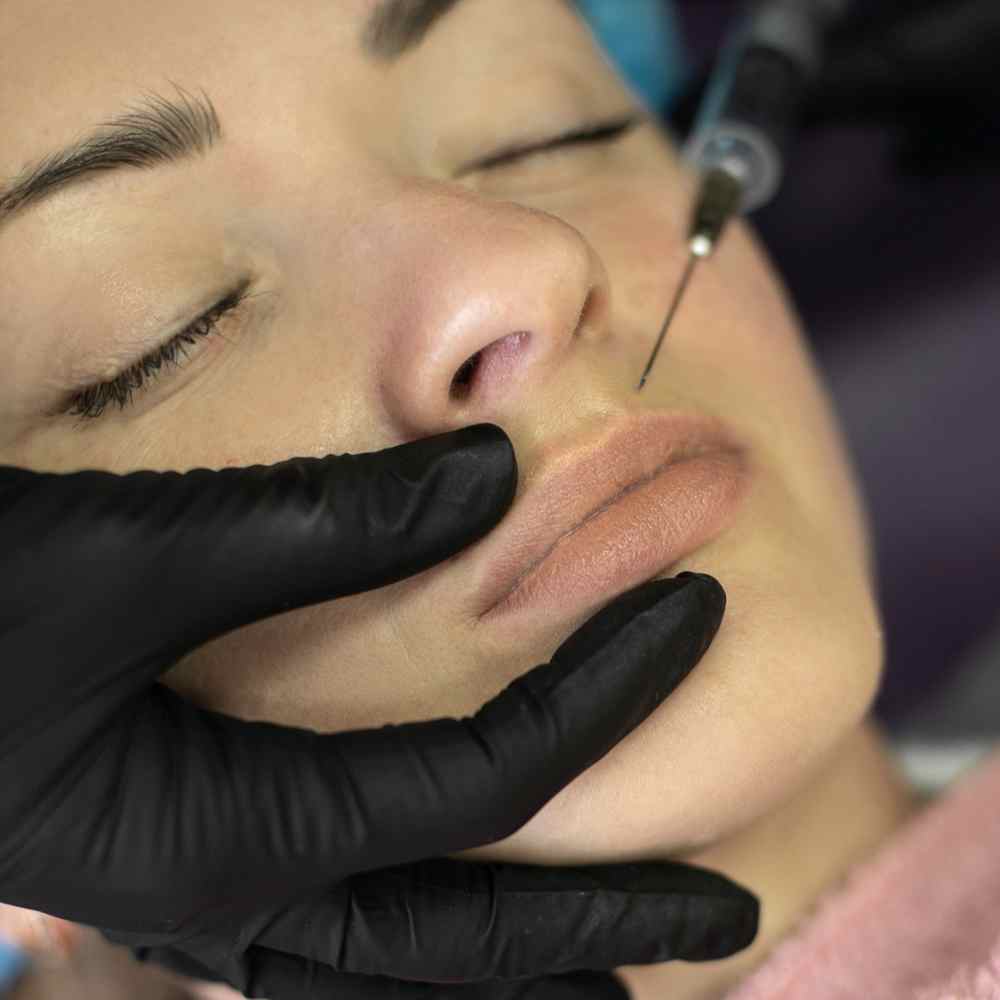
Can Filler Migration be Dissolved?
Yes, you can get filler migration dissolved – and luckily it's a relatively simple procedure.
That being said, the best way to approach this is by seeking out an experienced and qualified medical professional.
The first thing your chosen specialist will do is assess where the filler has migrated and how extensive the issue is.
From there, they'll be able to recommend what needs to be done in order to dissolve or break down the migrating lip filler as safely and efficiently as possible.
This usually involves taking medications such as hyaluronidase (an enzyme that can help to dissolve HA fillers) or other injectables which are designed for specific types of fillers in order to ensure maximum efficacy from the dissolution process.
In some extreme cases, depending on how far away from its original injection site the filler has migrated too, surgery may be in order for it to be safely removed.
But this should only really happen when dissolution procedures like those mentioned above have been exhausted due to safety concerns associated with operating near veins or nerve tissue that could result in further complications.
When considering getting filler migration dissolved always make sure that your doctor understands exactly what type of product was used so they can plan enough measures before making any decisions.

A Plump & Perfect Pout
Migrated lip filler is a common issue that can affect the final results of your lip filler procedure.
Understanding the reasons behind why it happens and how to prevent it can help you achieve a more satisfactory outcome and avoid lip filler migration.
Being mindful of the factors that cause lip filler migration, such as age and facial movements, filler composition, injection techniques, aftercare tips, and provider expertise, can help you avoid any undesired results.
Book your appointment with a reputable dermal fillers provider and discuss your lip enhancements and concerns about lip filler migration to achieve the results you desire. With these tips, we hope your next aesthetic treatments turn out perfect!



